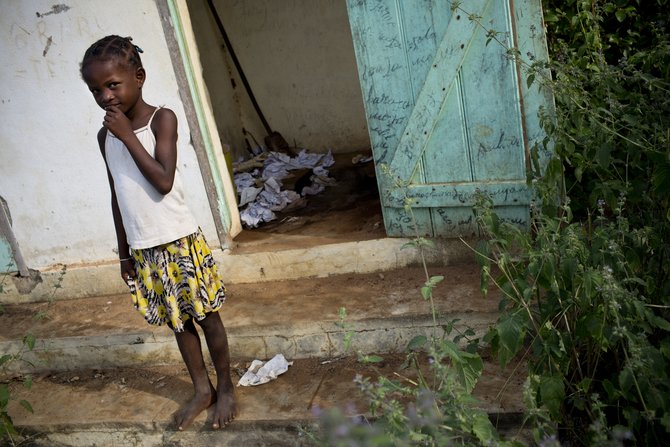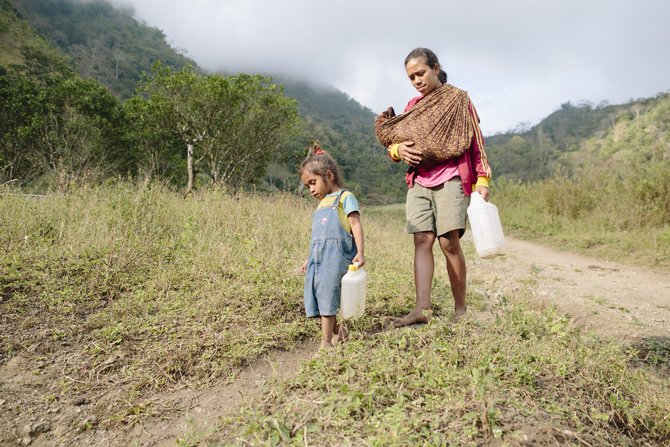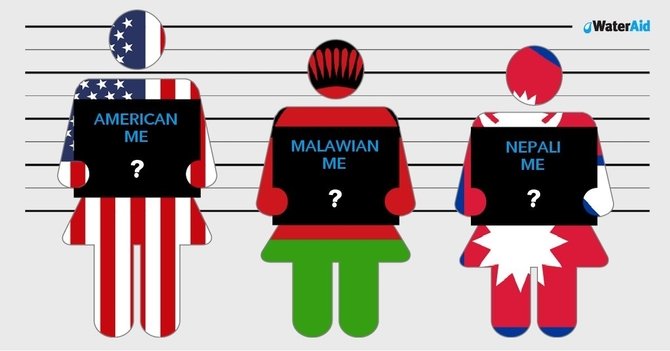This article was written by Nathalie Fernandes, WaterAid.
At a whopping 5 feet and 6 inches (I know, I know, I’m actually not super tall) I have always been the tallest woman on my mom’s side of the family. Tower over most of my cousins, aunts and my grandmother — they all attribute my height to my genes from my dad. While that is an important contributor, there are also other factors that contributed to my growth and development. Yup, you guessed it….toilets and access to clean water. Okay, maybe you didn’t guess it. Not only are proper nutrition and clean water important for a healthy start but so are toilets.
WaterAid’s new height calculator “How much shorter?” tries to answer that burning question you never even knew you had: how can toilets and clean water influence how tall you are?
Although clean water and toilets are common commodities to many, there are still more than 650 million people that do not have access to clean water. Worse yet, more than 2.3 billion people don’t have an adequate toilet. This means that people often aren’t able to wash their hands before eating, or wind up drinking dirty water. It also means that people have no choice but to answer nature’s call out in the open, which further pollutes the drinking water. These actions can lead to diarrheal diseases, intestinal worms and other infections that prevent the body from absorbing essential nutrients from food.
According to the World Health Organization, an estimated 50% of undernutrition, a type of malnutrition, is associated with infections that are caused by unsafe water and poor sanitation. Undernutrition and infections like severe diarrhea in the first two years of life can result in stunted growth. Globally there are 159 million children under the age of 5 that are affected by stunting. That’s one in four children within that age bracket.
Meet Zara. She measures 107 cm nearly 20 cm shorter than the global average for her height. She lives in Madagascar where nearly half of the children have stunted growth. The lack of access to clean water and proper sanitation is a huge contributor to the malnourishment rates.

Meet Fidelia and her mother Filomena. They live in Timor-Leste and although they are one of the newest nations, over 50% of children under the age of five are stunted. Fidelia’s three-year old sister Mercia died after severe diarrhea and stomach pains, still, Filomena has no choice but to collect dirty water from a local stream during the dry season.

A group of 8-year-old children and one 9-year-old girl (centre) stand underneath a chalk mark indicating the global average height for their age at a primary school in Ooti, Karnataka State, India. Most of the children in the picture measure the same height as a healthy 5-year-old.
Stunting affects children’s physical, emotional and cognitive development. Recently the links between nutrition, child health, and water, sanitation and hygiene are becoming more evident. For many of us, a toilet is a common commodity found pretty much everywhere but for many other people having a toilet is still a luxury. We need to work towards achieving clean water and safe sanitation for everyone, everywhere, so kids like Zara and Fidelia don’t have to miss out from school because of stomach pains and diarrhea or have to face the lifelong consequences of stunted growth.
So what can be done about all of this?
WaterAid’s Caught Short report offers suggestions on how to work towards integration of water, toilets and hygiene basics like handwashing with soap into government interventions and policies in order to better understand and address the roots of malnutrition. At the same time, we need to ask our US Presidential candidates to take a stand by making clean water, toilets and hygiene a priority for everyone everywhere.
Turns out that if I were born in Nepal there would be a chance that I would have been a whole five inches shorter. That difference in height could be the result of lack of access to a basic human right: a decent toilet. So, how tall would you be if you were born somewhere else? Let’s find out.
